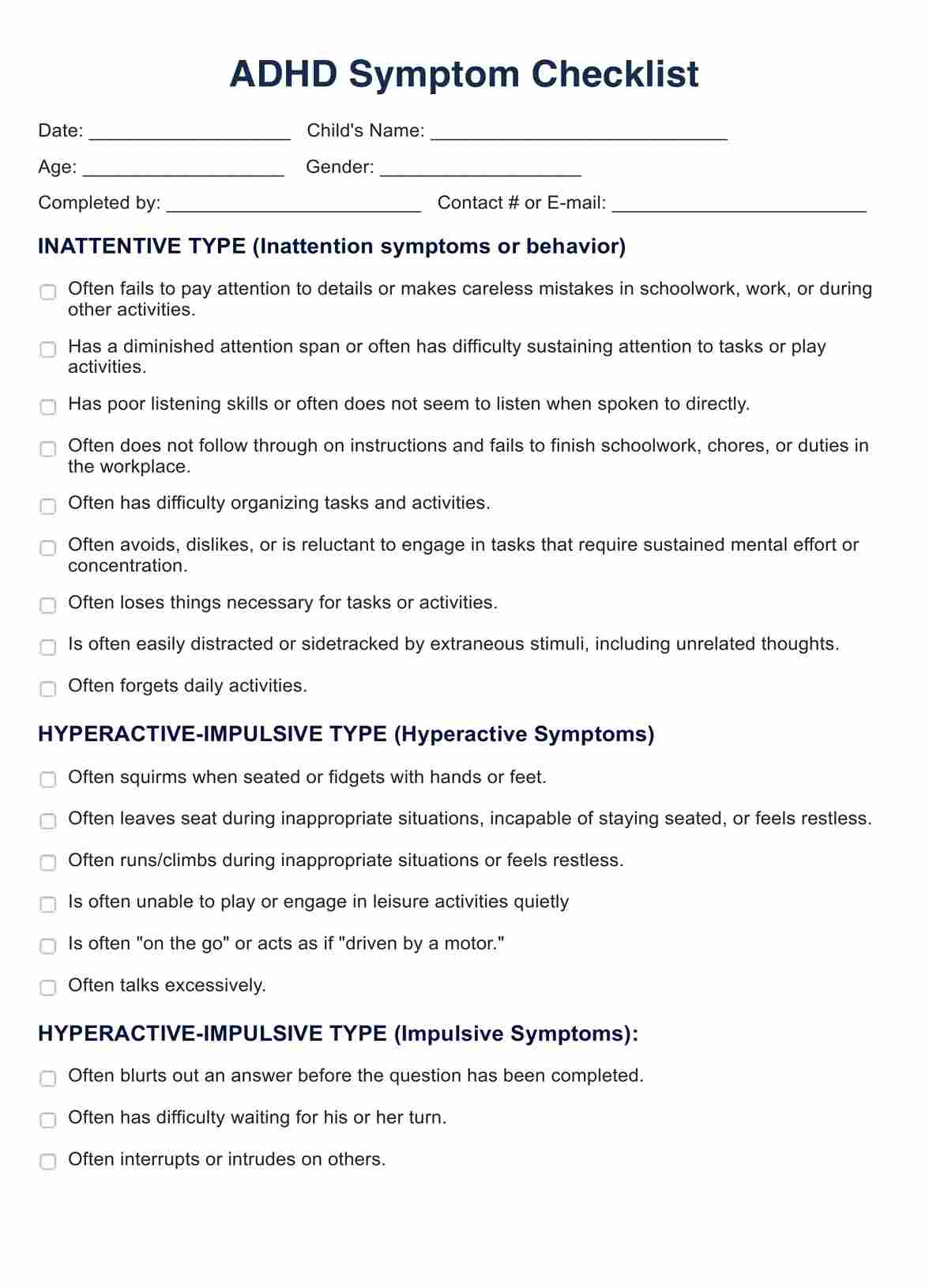Diagnosing ADHD in children involves a thorough process encompassing the recognition of ADHD symptoms, consultation, assessment, and adherence to the diagnostic criteria in the Diagnostic and Statistical Manual. Children with ADHD may display inattention and hyperactive-impulsive symptoms, impacting their focus, organization, and daily tasks. If concerned, the initial step is consulting a healthcare provider to discuss symptoms and assess their alignment with ADHD criteria by the American Psychiatric Association. Mental health professionals or primary care providers can conduct a diagnosis.
The assessment involves gathering information from parents, teachers, and caregivers across different settings. The diagnostic criteria, guided by the DSM-5, require symptoms in two or more settings, causing impairment. Six or more symptoms must be present for children aged 4 to 17, while for those 17 and older, five or more symptoms are needed. Additionally, a physical and neurologic examination is conducted by the pediatrician.












